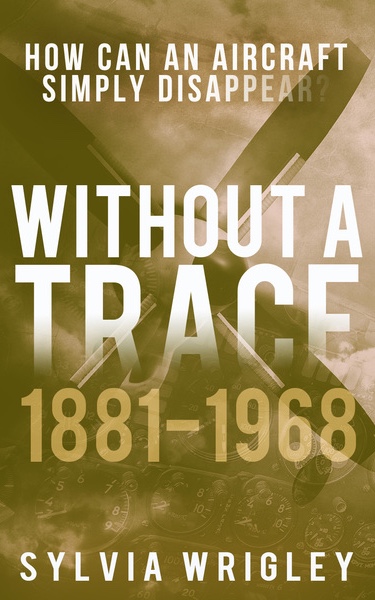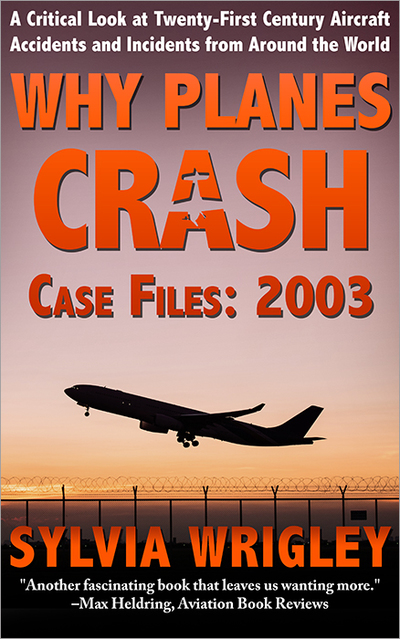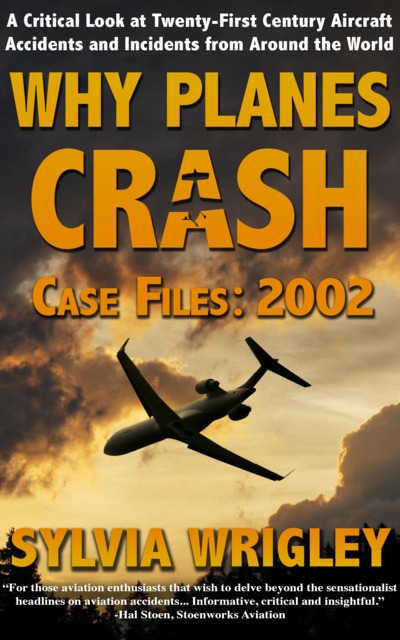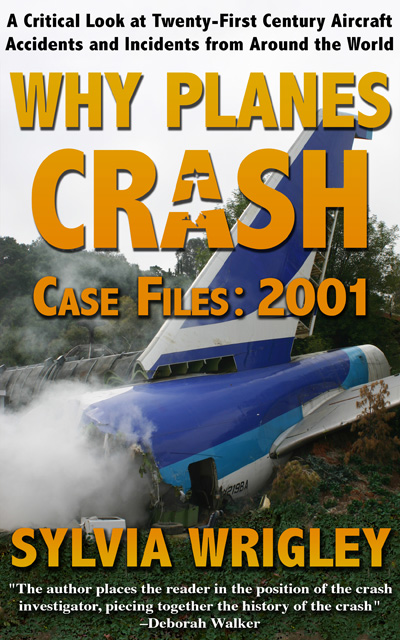Abused fighter planes and the men who love them
A few months ago, I wrote about how to shoot down a fighter jet while flying it, the case of a test-pilot in a Grumman F-11 Tiger who managed to catch up to his own gunfire.

One of the fantastic things I found out in the course of writing that piece was that Tom Attridge wasn’t the only fighter pilot to shoot himself out of the sky.
In 1973, Pete Purvise shot his F-14 down with a Sparrow missile while testing the Sparrow missile launch system. He was meant to be testing the launch characteristics at zero G but they weren’t really worried about the F-14 so much that the missile might pitch down too dramatically and lose the rear radar required to maintain its target.
I was going to write a full post about the incident but actually, there’s already an excellent write-up available, written by the pilot himself. The full article, with great photographs of the aircraft and the missile launch system, was published in Flight Journal is available to read as a PDF and I highly recommend it.

He mentions that the honor of being “they guy who shot himself down” is unique to him and Attridge in the Tiger, but last year, a third pilot managed to shoot himself in an F-16.
The Royal Netherlands Air Force pilot was flying a training exercise in an F-16, firing at a target on the ground, when he managed a direct hit on his own aircraft using the F-16’s 20mm rotary cannon.

At least one round pierced the fuselage and, after he landed safely at Leeuwarden Air Base, they found shrapnel from a 20-millimeter round in the engine intake. The aircraft, officials said, had taken considerable damage and an investigation had been initiated.
The Inspectie Veiligheid Defensie has initiated an investigation to discover just how the F-16 was able to fire on itself. I have to admit, I find it hard to imagine, although Popular Mechanics theorises that as the F-16 was strafing ground targets, it was possible that the damage to the aircraft was caused by ricochets from its own rounds striking a hard metal object on the ground..
In the process of searching for more information, I searched on “F-16, mishaps, Leeuwarden” and discovered that at the end of last year, the Royal Netherlands Air Force gave a rather odd welcome to their first operational F-35A Lightning II.

Redditor krijgnog5eurovanje explained that the air base fire department were ready with a traditional water salute when they were distracted by an actual emergency with an F-16. When they returned for the water salute, they forgot to switch from foam to water.
This video about the arrival of the first F-35 in Leeuwarden shows the fighter’s unexpected welcome at Leeuwarden (I’ve jumped right to the end):
Amusingly, the arrival of the F-35 is celebrated in the Ministerie van Defensie press release showing the firetrucks spraying in welcome but not a mention of the mishap or why the F-35 got an impromptu foam bath. Thre are more photographs of the incident and clean-up on the Defensie Fotografie Nederland website.
I always thought that life as a military pilot must be dangerous but I’m coming to conclusion that being a fighter jet is actually much more frought!








I remember a video of a fuel drop tank doing a perfect loop around the wing after it punched off. I can’t remember what plane.
The airflow around a fast moving object is really strange.
I tried to find the but kept getting matches from video games instead! I’d love to see that.
I just wonder what that foambath did to the poor F35. I am old enough to remember that in 1974 a highjacked VC10 had landed at Schilphol, Amsterdam. There were many such hijack incidents in the ‘seventies. The hijackers started a fire in the cockpit adter it had been evacuated. An explosion blew a hole roof, which was caused by a fire extinguisher exploding in the heat. In those days I flew the Cessna 310 PH-STR, based at Schiphol and cannot remember the wreck sitting near the hangar where we were based, and where the VC10 had been towed. I was told at the time that the aircraft would have been repairable, if it had not been for the corrosive foam that had been sprayed into the fuselage by the fire brigade.
So I wonder if the composition of modern fire-fighting foam is less damaging to aircraft. If not, I hope that the F35 was not badly damaged.
It must have been ingested into the engines, but maybe they were able to clean it before serious harm was done. A jet engine should be able to keep running even with a certain amount of water sprayed at it. Otherwise we could not fly through rain without engines flaming out.
Nice to see Sylvia included two reports on websites that I, as a native Dutch speaker, can read.
It seems like the F-35 was ok, so yes, I presume less toxic foam agents and very fast clean up. I’m glad you enjoyed the reports. :D
I’m wondering if the pilots get to paint a little silhouette of their previous airplane on their next one.
Haha, oh, they really should!
Jon,
Thanks. We in Ireland have just gone back in “lockdown” and the cops are everywhere to make sure we don’t move more than 5 k from our home. So we can do with a laugh.
BTW, I see a few typos in my previous reaction, the most glaring: That VC10 with the hole in the roof, just behind the cockpit, had been towed to the service area at Schiphol East. Our C310 was parked in hangar 7, long gone now. So I CAN clearly remember it, waiting to be scrapped.
This may be what you are looking for:
https://www.military.com/video/military-aircraft-operations/aviation-accidents/f-18-bomb-test-disaster/1000788900001
It involves an F/A-18 Hornet and an A-4 Skyhawk chase plane during a test of a new bomb rack design. A 500 lb dummy bomb was dropped and the video shows it looping over the Hornet and tearing a large chunk from the wing of the Skyhawk.
Just shows how dangerous military testing can be.
Looking at the video again, it looks like the bomb rack with dummy bomb still attached was ejected from the Hornet. This could explain the rather eccentric trajectory.
After the Estonia, this kinda is “Fear of Sinking” part 2, at least as far as Pete Purvis and his excellent account of getting damaged by his own unarmed missile goes. It shows how difficult it is to survive in the water even if you’re properly equipped and have been trained for this eventuality. It’s a big part of why aircraft lost at sea become mysteries.
I always thought a ricochet was where one’s bullet glanced off a hard surface and went on it’s way somewhere “down range”.
However I joined a rifle club two years ago and was shooting my PCP air rifle at the range one day when a split second after firing, I heard a buzz beside my ear. I assumed it was an insect until my wife standing behind me said “what was that” something had hit the wall behind her and fallen to the floor.
My lead pellet had passed though the paper target 25yds away, bounced off the vertical steel plate 10ft behind it, made another hole in the target on it’s way back, wizzed past my ear and hit the wall behind me. I still can’t understand the physics that can allow a lump of lead to totally reverse it’s trajectory and still return with considerable energy!
There are a couple of relevant videos to how crazily unintuitive physics can become when dealing with modern materials and (relatively) high energy ballistics:
I like these (and there are dozens more that are easily findable on Youtube,) because somehow the linear energy of typical handgun ammunition is apparently close to equally balanced by the psuedo-elastic properties of sufficiently thick fresh water ice, such that a bullet shot nearly straight down into ice will merely bounce, (rather than burrow, or dramatically ricochet,) but the friction between the materials in question is low enough that the bullet retains most of its angular momentum. It’s very bizarre to see, (though mechanically rather straight-forward,) when a transonic chunk of metal is brought to a near standstill in an instant, save for having been transformed into a furiously committed spinning top.
Additionally:
This is just your run-of-the-mill “WTF was that?” ricochet, but considering the forces involved and the remarkably fortunate outcome that the whole thing seems impossibly serendipitous.
Bit late here, but I can add one to the list of aircraft that shot themselves – an F/A-18A which suffered a 20mm cannon jam (somehow) during ground attack training. The barrels jammed into the diffuser, resulting in several rounds being misdirected; we had to replace the diffuser (which had an enormous rut gouged into it), the radar (well aerated), radome, and the little stainless steel plate at the very tip of the radome, which had been shot clear off. It was a mess!